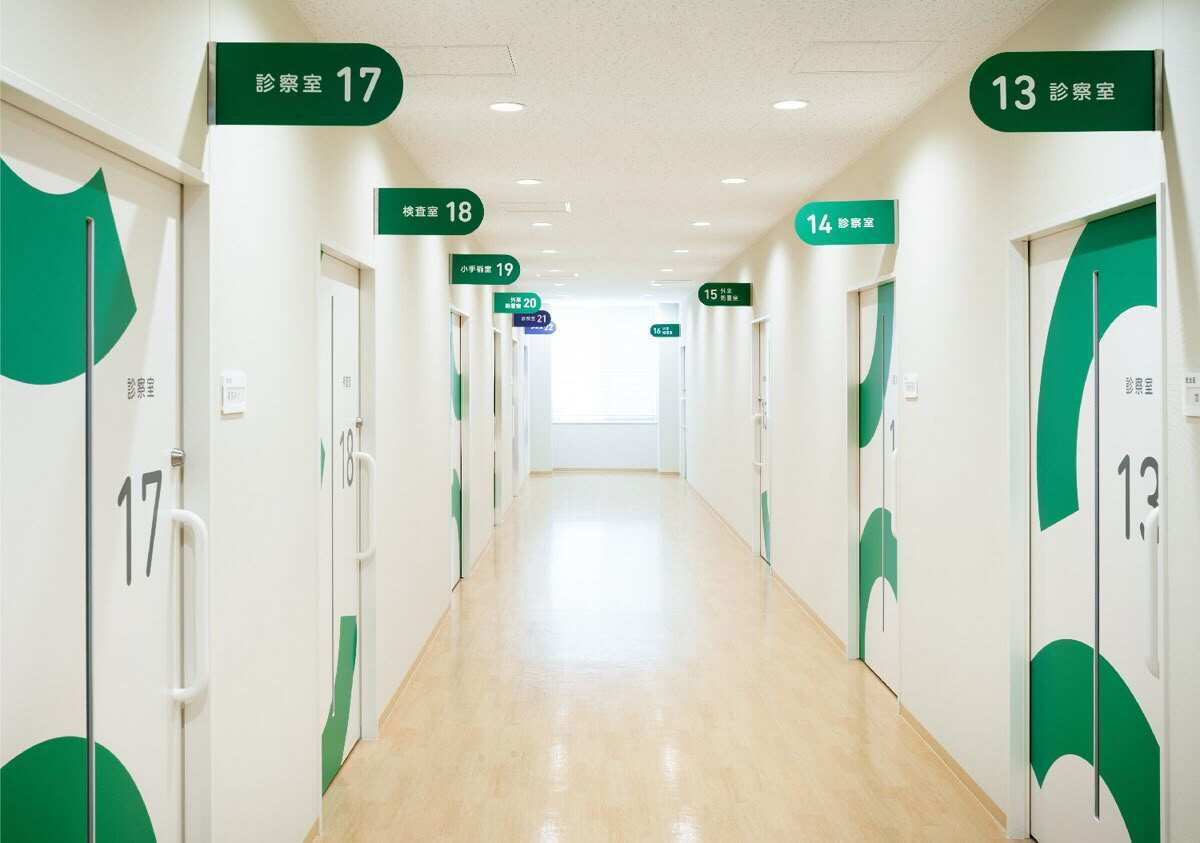In busy hospitals—where the hum of activity never really stops—effective signage is more than decorative; it’s essential for helping patients and visitors find their way. Well-designed signs turn complex mazes into easy paths, cutting confusion and easing anxiety in what is often an overwhelming environment. This piece looks at why strong hospital signage is vital, what features make it work, and the benefits it adds to the patient journey and health results.
Why Crystal-Clear Signs Matter in Hospitals
People step into a hospital surrounded by unfamiliar halls and buzzing activity, and it’s easy to feel lost. Smart signage counters this by clearly marking departments, waiting rooms, and rest areas. When signs provide simple, visible paths, they help keep patient traffic moving, shorten waits, and boost feelings of comfort and control. Signs placed at decision points—like the main lobby to an elevator—allow someone to travel from the entrance to their appointment with no detours.
Key Elements of Effective Hospital Signage
Making hospital signs work well means paying attention to a few important details. First, keep the language short and simple. Complex medical jargon confuses most people, so plain language is the safest choice. Pair the words with common symbols—like toilets, elevators, and arrows—for quick recognition. Color coding Departments is another smart move. When green means radiology and blue signals pediatrics, patients and families can chart a straight course with a one-second glance.
The Role of Technology in Modern Signage Solutions
Technology is raising the bar for hospital signs. Digital displays, for example, can change instantly to show updated wait times, special directions, or important announcements. When a patient steps off the elevator, a large flat screen can instantly guide them to the right wing. Interactive kiosks let visitors touch a screen, type “MRI center,” and watch the path light up in real-time directions. Looking ahead, augmented reality (AR) goggles or smartphone apps may overlay arrows onto the real world, turning the hospital’s maze into a simple street guide.
Enhancing Patient Experience Through Signage
Good signs do more than tell you which way to go; they actively make your hospital visit smoother. When a patient can easily spot the next department or restroom, the stress of wondering “Am I lost?” drops noticeably. This small confidence boost can make the difference between a tense trip through the hallways and a calmer, more focused vibe. Well-placed and clear visual cues also tell the patient, “We planned for you.” A hospital that shows this level of detail often earns higher patient satisfaction scores. Put simply, a thoughtful approach to signs quietly speeds up healing, boosts scores, and shows a commitment to quality care.
Future Trends in Hospital Signage
As hospitals grow and change, the way they use signs will also keep evolving. The new focus is totally on the patient, which means signs need to do more than guide; they also need to explain. The next generation of signage might use technology like QR codes that when scanned, pull up directions that match a patient’s specific need, whether that’s a wheelchair route or materials in a different language. Mixing in telehealth details will also become vital; expect to see signs detailing virtual appointment platforms right next to in-person directions. This new layered approach will keep everyone, whether they show up in person or log in later, fully informed and ready to heal.
To sum up, clear and well-placed hospital signs are a must when helping patients find their way around a medical facility. When a hospital makes signs easy to understand, uses up-to-date technology, and puts patient needs at the center of the design, the building becomes a friendlier place. These thoughtful signs do more than just point the way; they also help create a comforting and welcoming vibe that encourages faster recovery and high-quality care.

